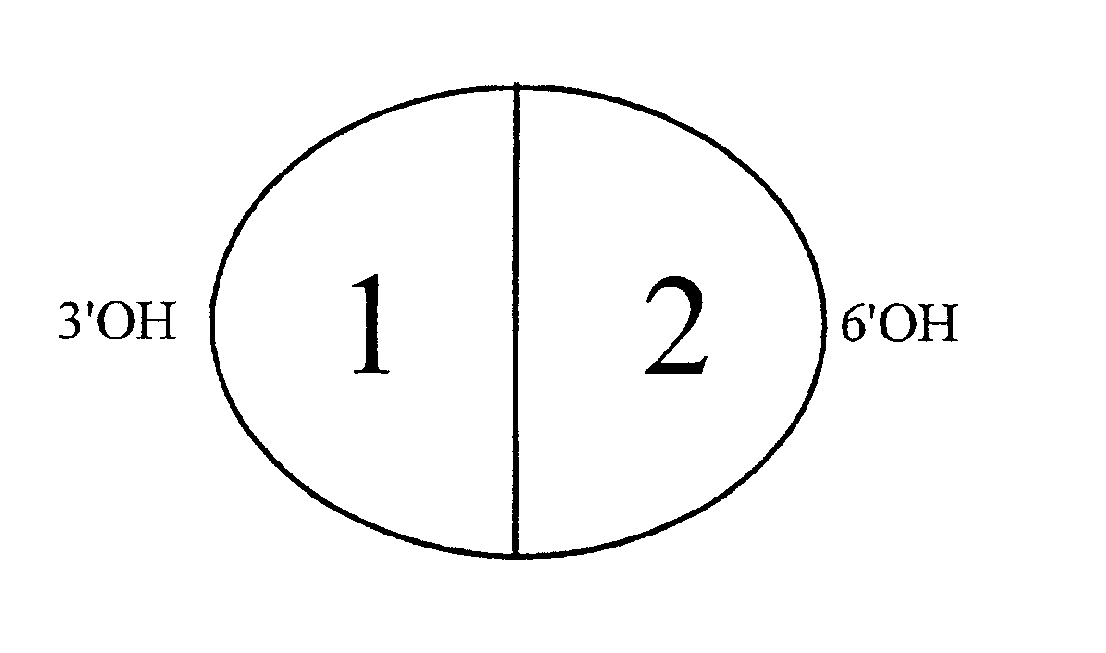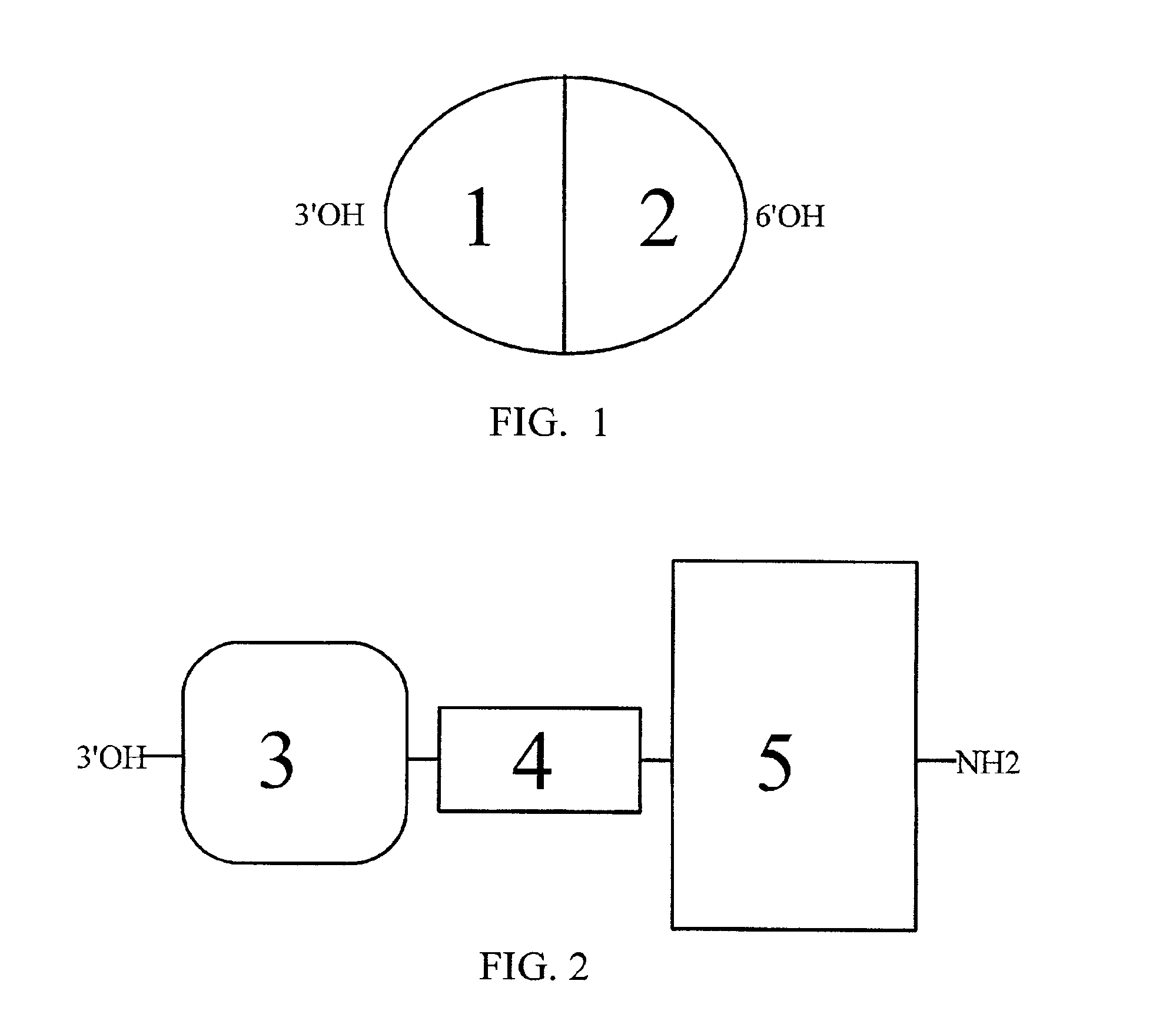Chimeric hybrid analgesics
a hybrid analgesic and chimeric technology, applied in the field of bioeffective and body treating compositions, can solve the problems of increasing the likelihood and severity of undesirable side effects of morphine and similar opioid compounds, difficult treatment of addiction with physical dependence, and increasing the likelihood of undesirable side effects, etc., to achieve little or no development of opioid tolerance
- Summary
- Abstract
- Description
- Claims
- Application Information
AI Technical Summary
Benefits of technology
Problems solved by technology
Method used
Image
Examples
Embodiment Construction
[0055]Description—FIGS. 1 and 2
[0056]The present invention provides hybrid alkaloid chimeric molecules having an MOR binding and activation moiety and an SPR binding and activation moiety. The hybrid alkaloid chimeric molecules are designed to bind to and activate populations of MORs and SPRs located primarily within the human CNS, but also in the human PNS, involved in pain mediation and analgesic responses. While the alkaloid morphine and the peptide SP frequently exhibit slight cross reactivity to other opioid and tachykinin receptor types, respectively, they are generally characterized, as exhaustively detailed in the literature, by a very high degree of affinity for the MOR and SPR, respectively. The preservation of independent binding and activation moieties in one hybrid alkaloid / peptide molecule containing a multi-ringed alkaloid structure and a linear peptide structure, is not described in the prior art and distinguishes the present invention as novel and not evolving from ...
PUM
| Property | Measurement | Unit |
|---|---|---|
| flexible | aaaaa | aaaaa |
| slowly-conducting | aaaaa | aaaaa |
| concentrations | aaaaa | aaaaa |
Abstract
Description
Claims
Application Information
 Login to View More
Login to View More - R&D
- Intellectual Property
- Life Sciences
- Materials
- Tech Scout
- Unparalleled Data Quality
- Higher Quality Content
- 60% Fewer Hallucinations
Browse by: Latest US Patents, China's latest patents, Technical Efficacy Thesaurus, Application Domain, Technology Topic, Popular Technical Reports.
© 2025 PatSnap. All rights reserved.Legal|Privacy policy|Modern Slavery Act Transparency Statement|Sitemap|About US| Contact US: help@patsnap.com


